As the golden hues of dusk settle in, the comfort of a soft mattress beckons a weary day to it’s close. Yet, for many, the pursuit of a tranquil night’s sleep is shadowed by the oppressive warmth that lingers under the covers. Enter the realm of mattress cooling technology—a vibrant intersection of science and comfort designed to ensure we can curl up in blissful slumber, free from the heat that often disrupts our dreams. But with a plethora of products and innovations flooding the market, it begs the question: what truly works best in the quest for a cool, restful night? In this article, we delve deep into the science behind mattress cooling technologies, exploring the various methods that promise to enhance your sleep habitat, and deciphering the effectiveness of each approach. Join us as we navigate the intricacies of these innovations, separating fact from fiction in the ultimate sleep solution journey.
Understanding Mattress Cooling Technologies and Their Mechanisms
Mattress cooling technologies have evolved significantly, driven by the growing demand for improved sleep quality. At the core of these innovations is a blend of materials and mechanisms designed to dissipate heat and enhance airflow. Some notable technologies include:
- Phase Change Materials (PCMs): These materials absorb, store, and release heat as the temperature fluctuates, maintaining a consistent sleeping environment.
- Gel-infused Foam: Incorporating cooling gels into memory foam enhances its breathability, helping to regulate temperature effectively.
- Cooling Fabrics: Advanced textiles treated with cooling agents can wick away moisture and enhance airflow,keeping the surface layer of the mattress cool to the touch.
- aerated Latex: the natural elasticity of latex combined with aeration holes promotes ventilation, allowing heat to escape while still providing agreeable support.
Understanding how these technologies work can definitely help consumers choose the best option for their specific needs. As a notable example, the efficiency of PCMs hinges on the melting point of the materials used, while gel-infused foams rely on the dispersion of heat through their structure. Below is a simple comparison of these key technologies:
| Technology | Heat Dissipation | Comfort Level |
|---|---|---|
| Phase Change Materials | High | medium |
| Gel-infused Foam | Medium | high |
| Cooling Fabrics | Medium | High |
| Aerated Latex | High | Medium |

Evaluating Materials: From Gel Foam to Phase Change Materials
When it comes to mattress cooling technology, the choice of materials plays a pivotal role in consumer satisfaction. Gel foam has gained popularity for its ability to dissipate heat effectively while providing a conforming feel.This innovative material combines the support of traditional foam with cooling properties,thanks to its gel-infused design that enhances airflow and body-temperature regulation. Many users appreciate its plush comfort while still enjoying a cooler sleep environment. Furthermore, gel foam is often combined with other materials to create a hybrid experience, resulting in enhanced cooling effects and overall sleep quality.
On the other hand,phase change materials (PCMs) are at the forefront of thermal management technology. These materials are engineered to absorb,store,and release heat to maintain an optimal sleeping temperature.When body heat rises, PCMs transition from solid to liquid, effectively drawing heat away from the sleeper.This capability makes them notably advantageous for mattresses designed for temperature-sensitive individuals. A quick comparison of these two materials reveals key differences in their performance:
| Material type | Key Features | Cooling Mechanism | Best Suited For |
|---|---|---|---|
| Gel Foam | Soft, responsive, breathable | Heat dissipation through gel infusion | Those seeking comfort with lower heat retention |
| Phase change Materials | Advanced thermal regulation | Heat absorption and release during phase change | Sleepers needing consistent temperature control |

The Role of Airflow and Ventilation in Cooling Sleep Environments
Effective airflow and ventilation are essential elements in creating a cooler sleep environment, impacting not only comfort but also overall sleep quality. When warm air is allowed to escape and is replaced with cooler air, the body can better regulate its temperature throughout the night. Maintaining an optimal thermal equilibrium is particularly crucial during sleep, as core body temperature needs to drop to facilitate deeper REM cycles. Some key benefits of good airflow include:
- Moisture Control: Adequate ventilation helps to reduce humidity levels, preventing the buildup of sweat and creating a more pleasant sleeping atmosphere.
- Temperature Regulation: A steady flow of air dissipates body heat, ensuring that the mattress does not trap warmth.
- Air Quality Improvement: Effective airflow can mitigate allergens, dust, and odors, leading to a healthier sleep environment.
Incorporating features such as gel-infused foams, breathable fabrics, and well-designed mattress structures can further enhance the cooling effects of airflow. As a notable example, some mattresses utilize open-cell technology or incorporate channels designed to promote air circulation, allowing for a dynamic cooling experience. A comparative table summarizing these features can delineate the effectiveness of various cooling technologies:
| Cooling Feature | Airflow Benefit | Optimal Temperature Control |
|---|---|---|
| Gel-Infused Memory Foam | Enhanced airflow and moisture wicking | Regulates heat to prevent overheating |
| Open-Cell Structure | Improved breathability | Maintains a balanced temperature |
| Cooling Fabrics | Quick-drying and moisture-repellent | Supports lower skin temperature |

Choosing the Right Mattress: Tips for Optimal Cooling Performance
When selecting a mattress that provides optimal cooling performance, it’s essential to consider the materials and technologies used in construction. Mattresses with cooling technologies often incorporate specific fabric types, gel-infused foams, or phase change materials (PCM) designed to regulate temperature effectively. Look for mattresses made from breathable, moisture-wicking fabrics like Tencel or bamboo, which can enhance airflow and prevent heat retention. Additionally, hybrid mattresses that combine innerspring support with foam layers can offer improved ventilation compared to traditional all-foam options.
Another critical factor is the firmness level and support of the mattress. A mattress that is too firm may restrict airflow, while one that is excessively soft may trap heat. Consider opting for a medium-firm mattress, as it strikes a balance between comfort and support while promoting airflow. To further assist in your decision, here’s a quick comparison table of popular cooling mattress technologies:
| Cooling Technology | Key Features | Best For |
|---|---|---|
| Gel-Infused Foam | Heat diffusion, contouring support | Side sleepers |
| Phase Change Material (PCM) | Temperature regulation, soft feel | All sleep positions |
| Innerspring with Breathable Fabric | Enhanced airflow, edge support | Back and stomach sleepers |
| Hybrid Models | Combination of support and cooling | Versatile preferences |
to Conclude
as we draw the curtains on our exploration of mattress cooling technology, it becomes clear that the quest for a perfect night’s sleep is as much a science as it is an art. From advanced materials that wick away moisture to innovative designs that promote airflow, the options are as varied as our individual preferences.
In this ever-evolving landscape of sleep science, understanding what works best for you is key. Whether you gravitate towards gel-infused memory foam or breathable natural fibers, the right choice hinges on your unique sleeping style and comfort needs. the crucial thing is to approach your sleep environment as a vital component of your overall well-being, investing the time and care necessary to create a sanctuary that promotes restorative rest.
Ultimately, the decision may come down to personal experience, as every sleeper has their own unique combination of factors that lead to a refreshing slumber. So, as you embark on your journey to cooler nights and more rejuvenating sleep, keep experimenting and listening to your body. With the right mattress technology, you could unlock the door to the peaceful nights you’ve been dreaming of. Sweet dreams await!





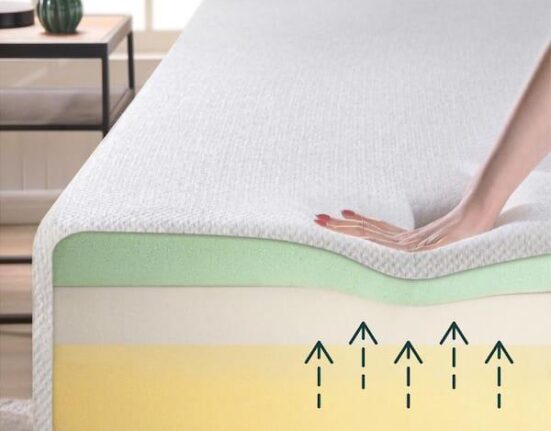


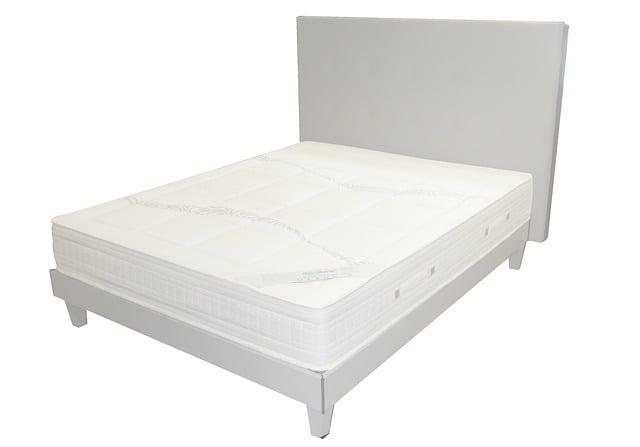

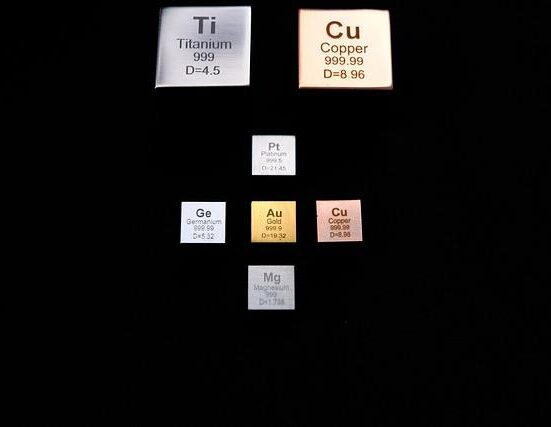

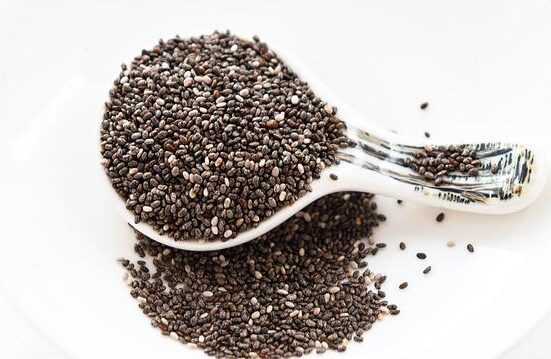
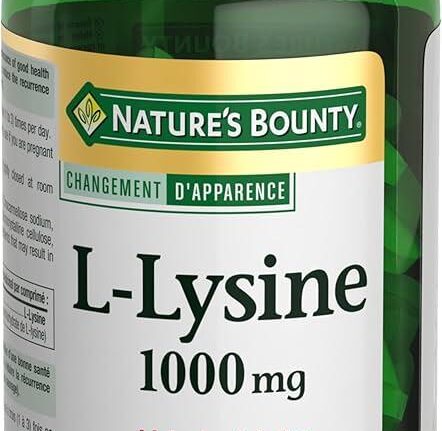

Leave feedback about this